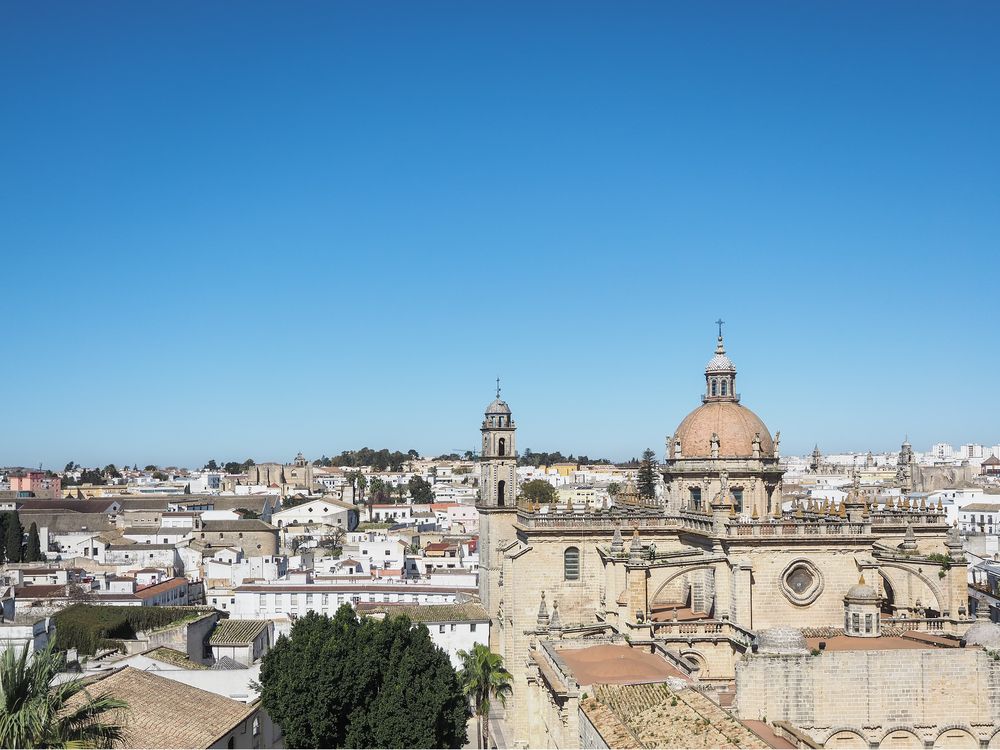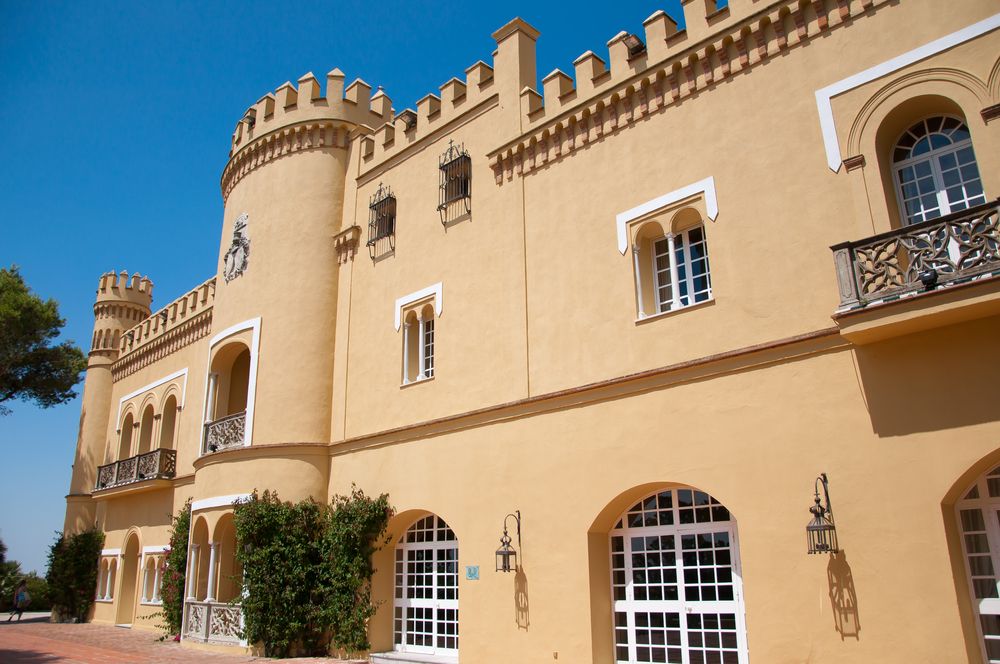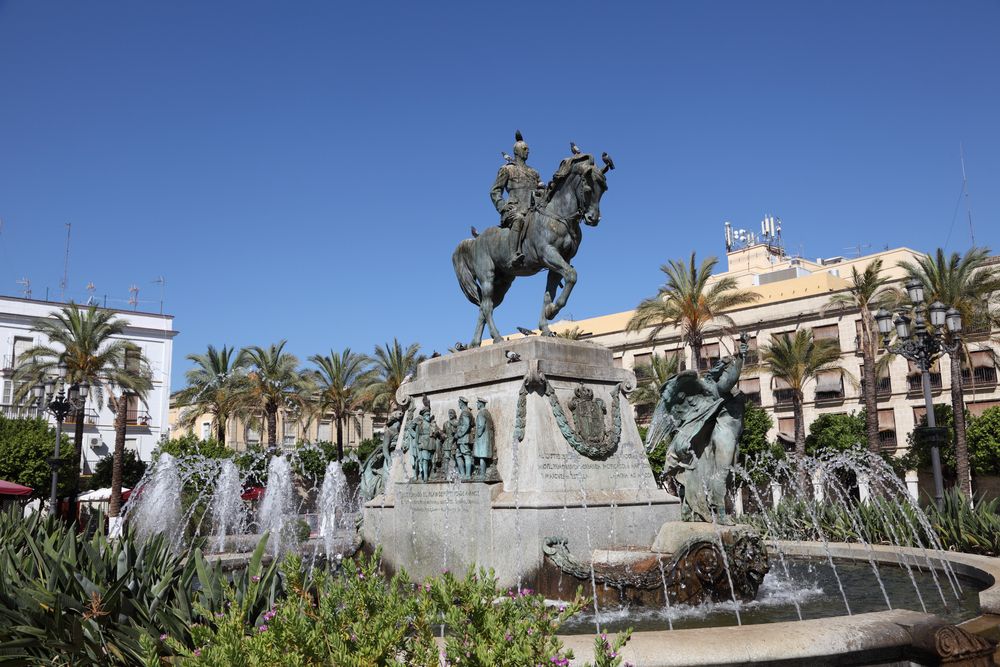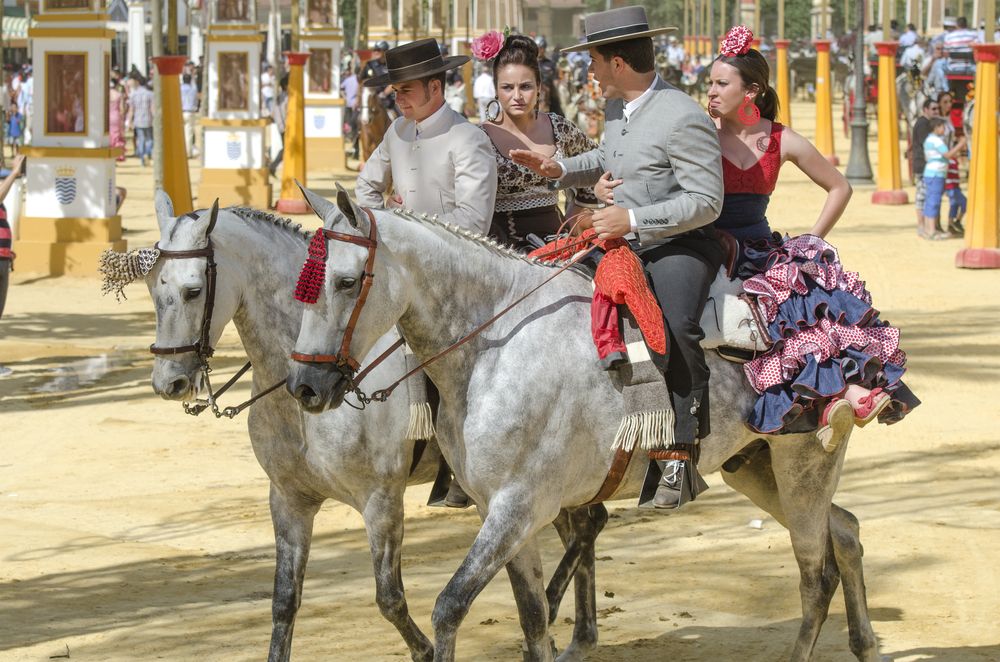Circuito de Jerez - Angel Nieto, Andalusia, Spain
The Spanish circuits of Albacete, Aragon, Jarama and Valencia have all hosted WorldSBK races and the Circuito de Jerez - Angel Nieto in the beautiful southern region of Andalusia first appeared on the calendar for a single season in 1990. In 2013 the series returned to the brilliant 4.4km Jerez track.
The passionate and knowledgeable crowds at Jerez create a party atmosphere which is something to cherish and Spain as a nation has produced many great riders over the years, including 2011 WorldSBK title winner Carlos Checa.
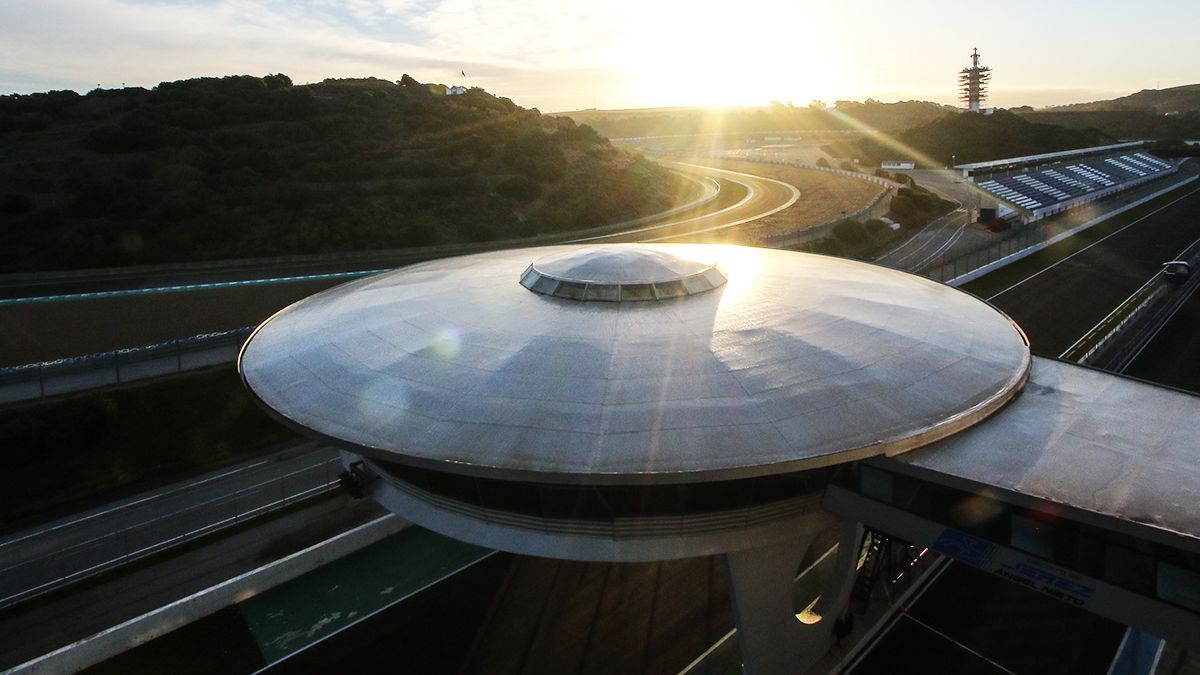
Official programme
Grab your Official Programme! Don’t miss your chance to be at the front of the grid: with exclusive features, rider biographies, photos, a spotters guide, as well as Championship standings and historical stories and memorable moments brought back to life, each publication will provide another dynamic as you enjoy WorldSBK! Each Official Programme also include the event timetable, rider entry lists as well as information about the Paddock Show and other ways that fans can interact with the riders. The Official Programme is the perfect guide to the events that will unfold over a race weekend!
So what are you waiting for... check it out online for free today!
Useful Information
Full name: Circuito de Jerez, Jerez de la Frontera, Cádiz, Spain
Capital city: Madrid
Time zone: GMT +1
Currency: Euro (symbol: €, code: EUR)
Electric plug type: C & F
Important telephone numbers:
- Emergency services: 112
- Sevilla Airport: +34 954 44 90 00
- Jerez Circuit: +34 956 15 11 00
Why we love Spain and Jerez
It is easy to fall in love with Spain given its warm climate, diverse countryside, magical mountain ranges, beautiful coastlines and warm, passionate people.
From the many galleries, monuments, museums and parks in the elegant capital Madrid, to the cool restaurants and cities of Asturias, Galicia, and the Basque country in the north, to the stunning Gaudi architecture and Mediterranean vibrancy of Barcelona, Spain has much to discover and explore.
The Balearic Islands – Ibiza, Formentera, Mallorca and Menorca – offer chilled out coves and all-night parties, whilst the Canary Islands to the south have great weather all year round. Mainland Spain’s 5000km of coastline, provides long, sandy beaches, great seafood, hours of sunshine and busy chiringuitos (outdoor bars).
Then, in Andalucia, you may make your way to Jerez, in the glorious south. Here you can discover flamenco, visit whitewashed villages, see the great mosques and the Moorish palaces of Granada, Seville and Cordoba, take in sun-blushed landscapes and yet more beautiful coastline, then enjoy fantastic cured ham and crispy fried fish with a cool beer or a fine sherry.
Finding the right accommodation
Hotels in Jerez range from large, modern establishments located a short distance from the city centre to boutique hotels in converted townhouses, often with roof terraces overlooking the old city centre. There are also hostels and bed and breakfast guesthouses in the centre of the city available at good prices.
Accommodation near the circuit does tend to get booked up fast. However, Jerez de la Frontera is a fairly sizeable city with a local population of over 200,000 people so there are ample options for where to stay.
The nearby port city of Cadiz provides further options and is a pleasant place to stay if you prefer to be by the sea, but plan your journey to the circuit beforehand as it’s a few km further away than Jerez.
Exploring Jerez, the province of Cadiz and Andalusia
In this richly cultural part of the Spain you can take in the atmosphere in the local bars and bodegas in the city of Jerez, explore the Alcazar fortress, take in the dramatic San Salvador cathedral or visit the Andalusia Flamenco Centre with its original 15th-century Mudejar entrance and baroque courtyard.
Why not try a glass of the locally produced Jerez sherry and also call in at the Royal Andalusia School of Equestrian Art for a stunning Spanish equestrian show.
At Puerto de Santa Maria, down to the coast from Jerez, you can take a ferry ride across the bay to the peninsula city of Cadiz, one of Europe’s oldest ports. Cadiz is a great place to explore on foot, with its compact centre and narrow streets, its cathedral, ancient walls, old fortifications and the charming La Vina fishing district.
Elsewhere in Andalusia the Punta de Tarifa is the southernmost point in continental Europe, whilst the Moorish legacy of the three major cities, Granada with its stunning Alhambra palace, Seville with its ornate Alcazar and Cordoba with its grand Mezquita, is something to behold.
Tips for visiting Jerez and Andalusia
The south of Spain is sometimes regarded as the ‘most Spanish’ and traditional area of the country. Close family ties, fiestas and siestas, long lunches, leisurely evening strolls and busy bodegas and restaurants open late into the night are all in evidence in this enchanting part of the world.
When it coms to food in Andalusia you will not be disappointed, with dishes like gambas al ajillo (prawns in garlic chilli oil), jamon serrano (cured ham), arroz con marisco (seafood paella), salmorejo (smooth tomato soup originating from Cordoba) and pescadito frito (fried white fish in batter) all being popular delicacies.
Lunch is typically served from 2pm to 4pm and many people do not eat evening meals until after 10pm, after an aperitif or two. In the big cities restaurants often open a bit earlier for both meals. Tipping is not always expected but it is courteous to leave a few cents or euros in a bar and tip around five percent in restaurants.
When visiting churches, cathedrals or mezquitas (mosques) it is respectful to cover up, so longer trousers or skirts and covered shoulders would be the order of the day for those situations.
Did you know?
On WorldSBK’s visit to Jerez in 1990, the World Champion of that season Raymond Roche was absolutely dominant, securing pole position and going on to win both races by a clear margin.
In 2013 when WorldSBK returned to Jerez after a 23 year absence it was Eugene Laverty on an Aprilia RSV4 Factory machine who was the star man, also setting pole and achieving a double race victory.
